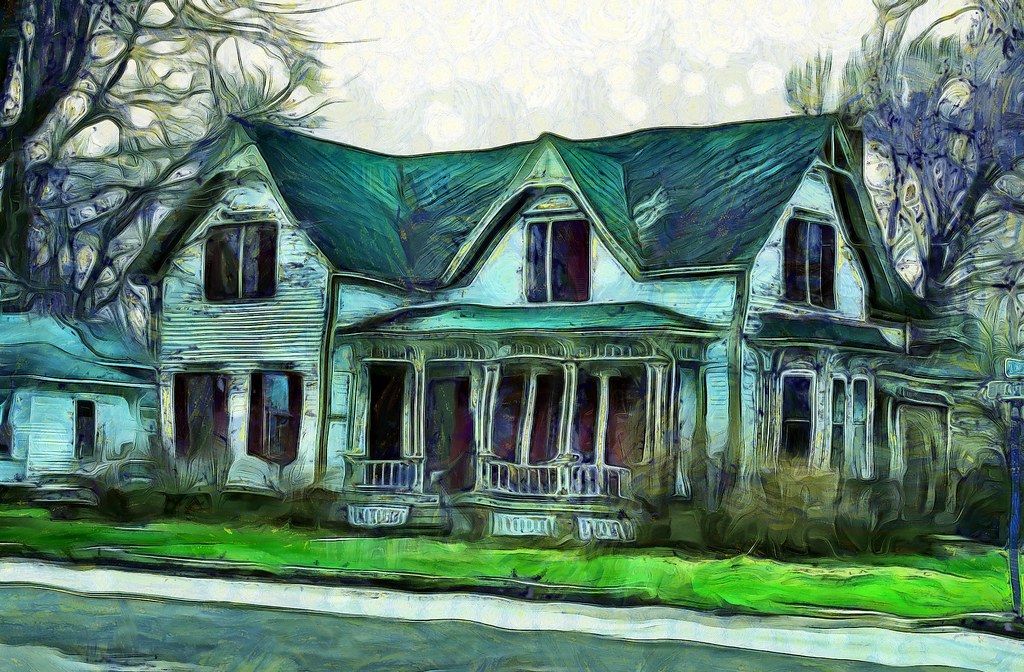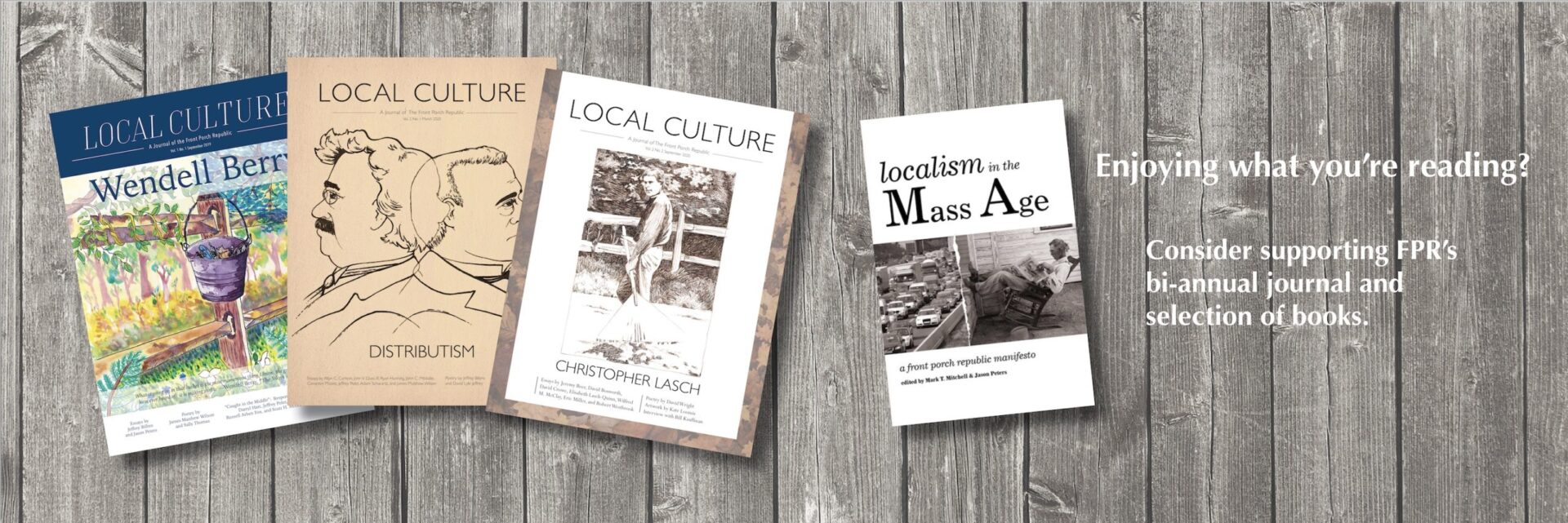On the wall above my desk hangs a map of Missouri. Not the usual map, this one is hand-drawn in the Tolkien style, a gift from our younger son. The Mark Twain National Forest, for example, resembles Mirkwood and the Missouri River could easily be the Anduin. Where Interstate 70 bisects the state Kansas City to St. Louis, a dotted line gives the impression of a dirt trail, not a four-lane highway where speeders dodge semis who are themselves dodging slower traffic. In this time of Tolkien popularity, one easily can buy these sorts of maps on the Internet, for probably every state in the Union and many other places as well.
What strikes me about this map is something I learned in childhood, something that certainly predates my awareness of Tolkien’s cosmology. It is the concept that even practical maps are idealized, perhaps platonic, forms of what is really on the ground. As a quote that is more famous than its originator, the Polish semanticist Alfred Korzybski, has it, “The map is not the territory.”
This Tolkienesque map is more self-consciously idealized than the standard roadmap of a Midwest state. With it, the imagination can run wild. What evils lurk in the woods and the river I will need to cross (multiple times, as a matter of fact) as I drive west to Kansas City? One can easily imagine this Tolkien map of the Show Me State as an overlay of adventure onto reality.
Another treasured map—this one definitely not a treasure map—is one from our older son, a military map that covers part of Afghanistan, where he served two tours while in the airborne infantry. Published by the National Geospatial-Intelligence Agency in 2001, and mysteriously marked MOWSHKHEYL at the top, it represents this part of the world as largely barren. It’s interesting to look at it with Google Maps on my computer screen and make comparisons.
This map is a symbol of something else: Real-life adventures that are not ours but that belong to another, especially the adventures our children go on without us. Our children have done all sorts of interesting things with their lives. This one went to war, twice. Some stories our adult children will tell freely, others they hold in their memory for more comfortable times, or wish they could forget, I am sure.
These two maps are precious to me because, the truth is, I have always loved maps. Growing up free-range in a Southern California suburb, local street maps were important because I biked (and, later, rode a moped) for miles around our neighborhood. We had an enormous red Reader’s Digest world atlas I would pore over whenever I polished off the latest Hardy Boys book, and we also had an antique floor globe, probably from mid-century and about two feet in diameter, in our family room.
On a visit to our house a few years back, my father pulled the same globe, my old friend, out of the back of his SUV and gave it to our older son. When he then had no room for it, he passed it upward to me for my home office—perhaps sensing my envy? It sits in a corner of my office as a reminder of the dreams I had spinning it around in adolescence, like a young George Bailey.
I have by no means seen the world, but I have glimpsed a fair part of it. In high school, I took part in summertime group trips around the U.S. (six weeks, 100 teens, what could possibly go wrong?) and to the usual tourist places in Europe (for three weeks, same teen problems). As an adult, I went to Argentina for business and to Ireland and Canada on vacation. We have also driven a good part of the contiguous United States; I have set foot in all but one of the Lower 48.
Here another map memory intrudes. As a new driver, I joined AAA not for the roadside service as much as for its bounty of free maps I could get—even if I wasn’t really planning to go anywhere. Decades down the line, my wife and I (and our four children at the time) planned a cross-country vacation, in part to celebrate my mother-in-law’s 70th birthday with a family reunion. We drove from Sacramento to Chicago, down to Kentucky and over to Washington, D.C. before returning on the northern route via the Badlands, Mt. Rushmore, and Yellowstone. All in all, it was 19 states and 7,000 miles.
For just such a trip the auto club produces TripTiks, narrow spiral-bound map books custom assembled so you can follow the roads you choose and get all the pertinent information. Until GPS became ubiquitous, it was a long-distance driver’s best friend. Our trip was mapped out in three TripTik volumes. That was back in 1999, and now you can do all this online and on your phone or vehicle touchscreen. But these cannot be saved as a memory for decades later when you pull out a shoebox full of precious maps and their memories.
Older and wiser, I have long learned that for all the times I wanted to visit far-away places, there is no place like home, even if it is only here, in the state next-door to Dorothy’s Kansas. Thinking about this Tolkien map above my desk, I remember that, for all their adventures, the hobbits always longed for the Shire—even though those who returned then had to scour it from the evil that befell it.
G.K. Chesterton once noted that “the whole object of travel is not to set foot on foreign land; it is at last to set foot on one’s own country as a foreign land.” And as much as G.K.C. may not have cared for T.S. Eliot’s poetic style, the latter would certainly agree with this sentiment, as he wrote in “Little Gidding”: “We shall not cease from exploration / And the end of all our exploring / Will be to arrive where we started / And know the place for the first time.”
Image Via: Flickr












